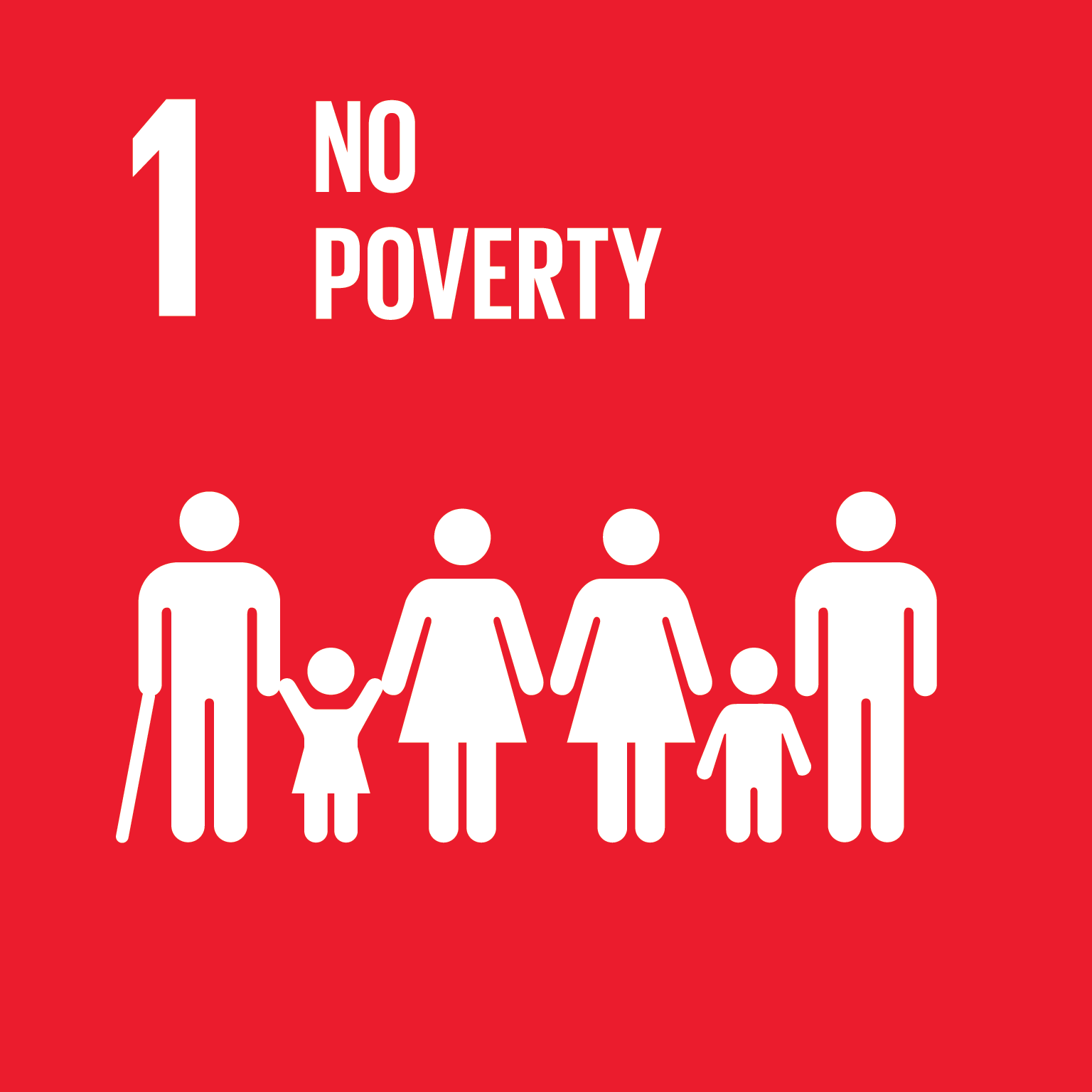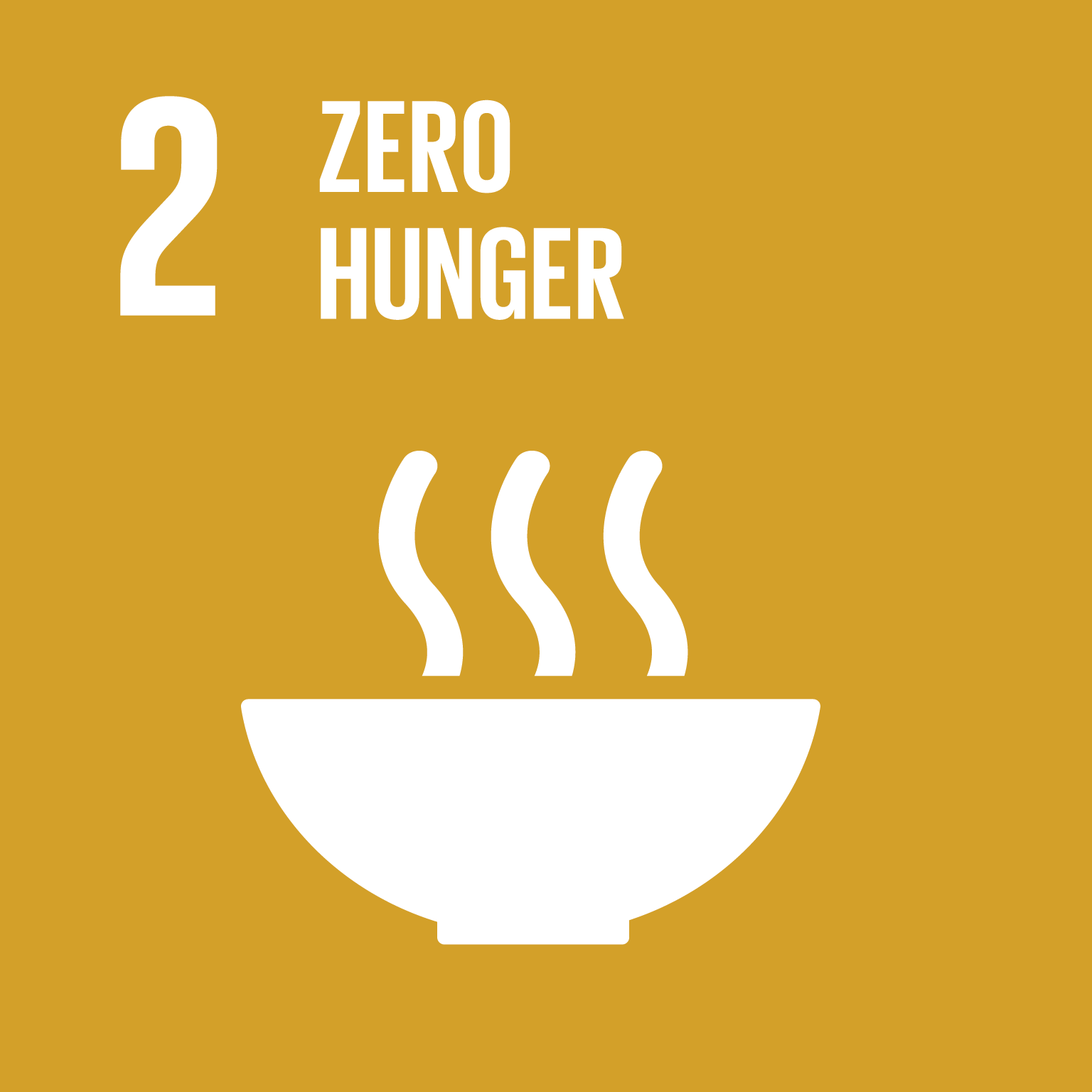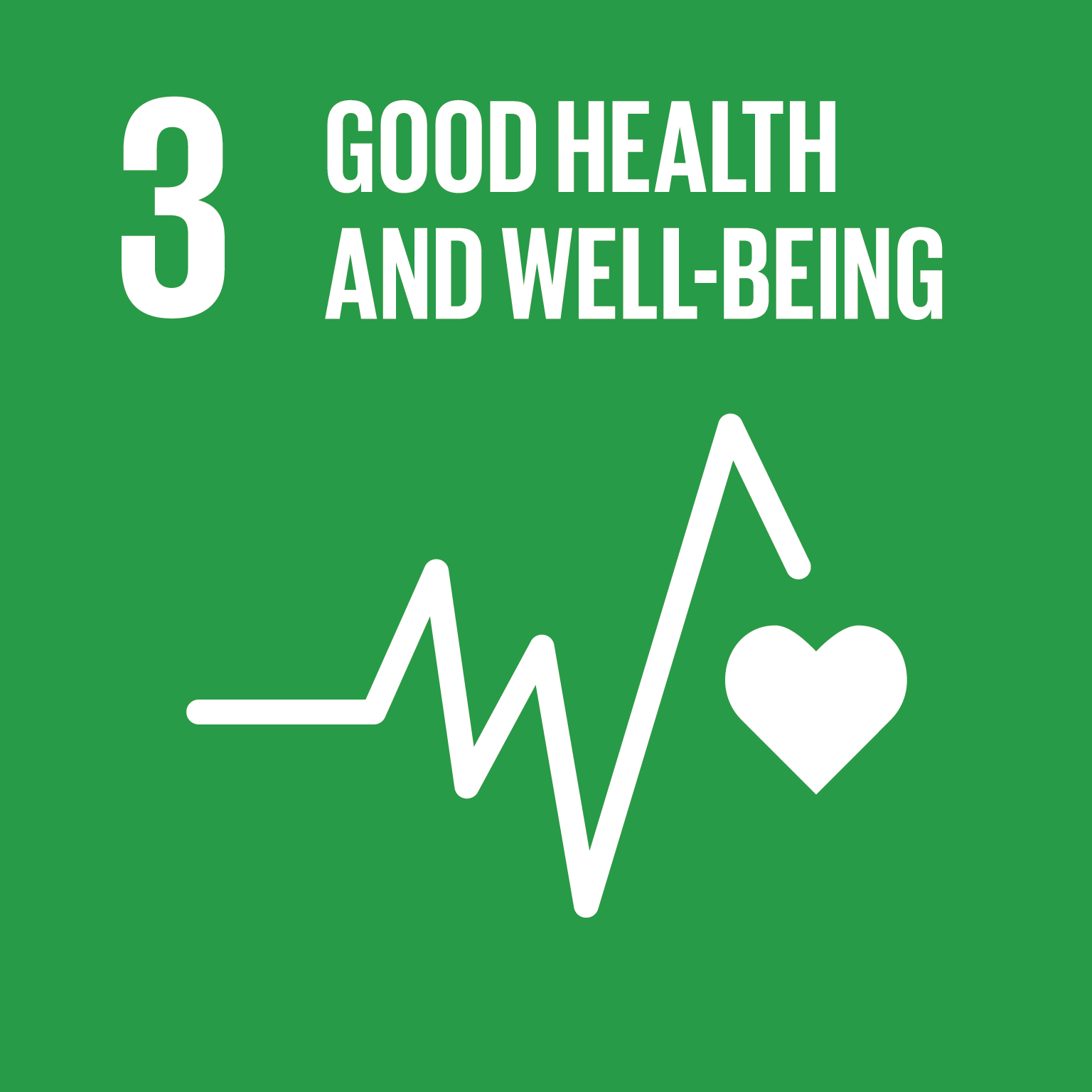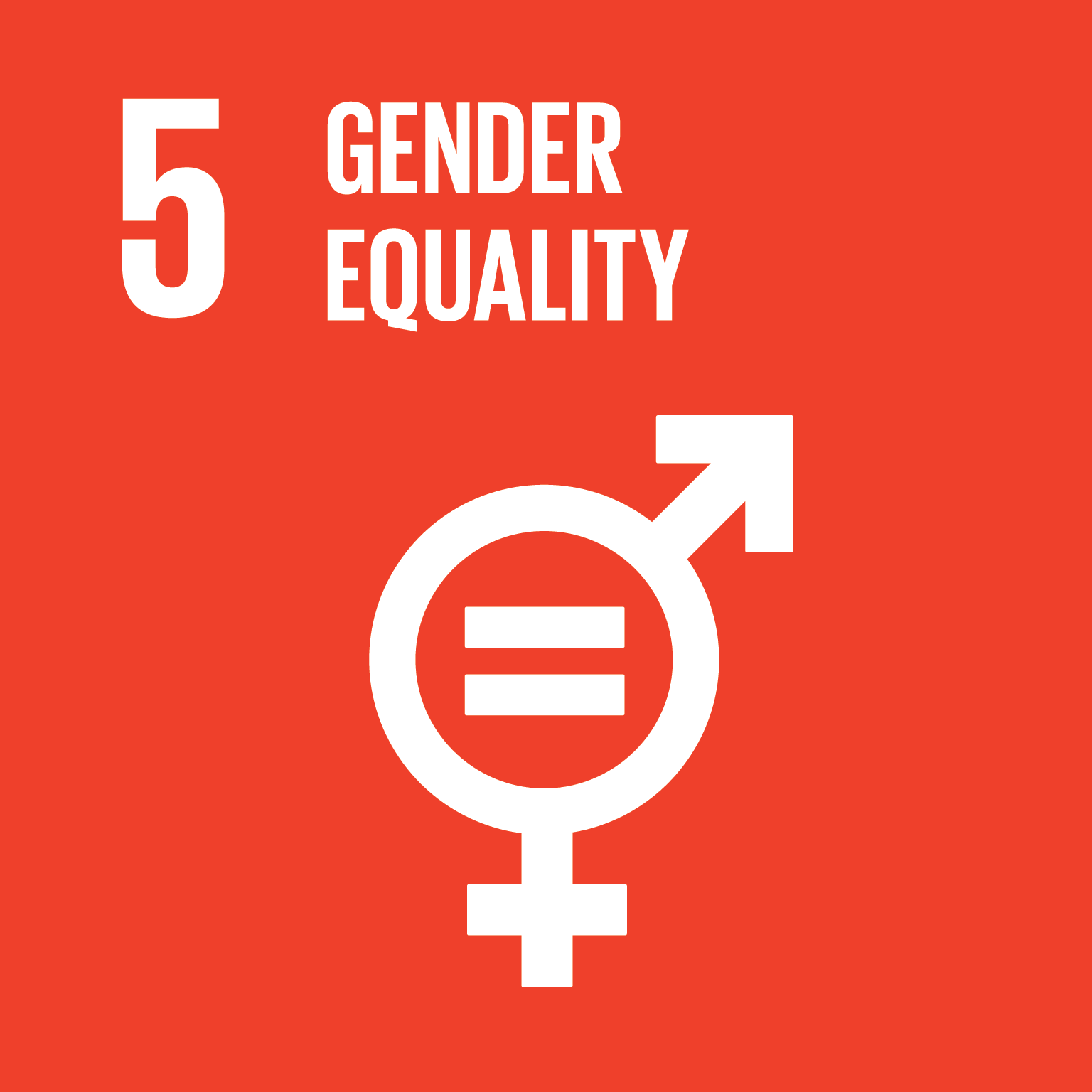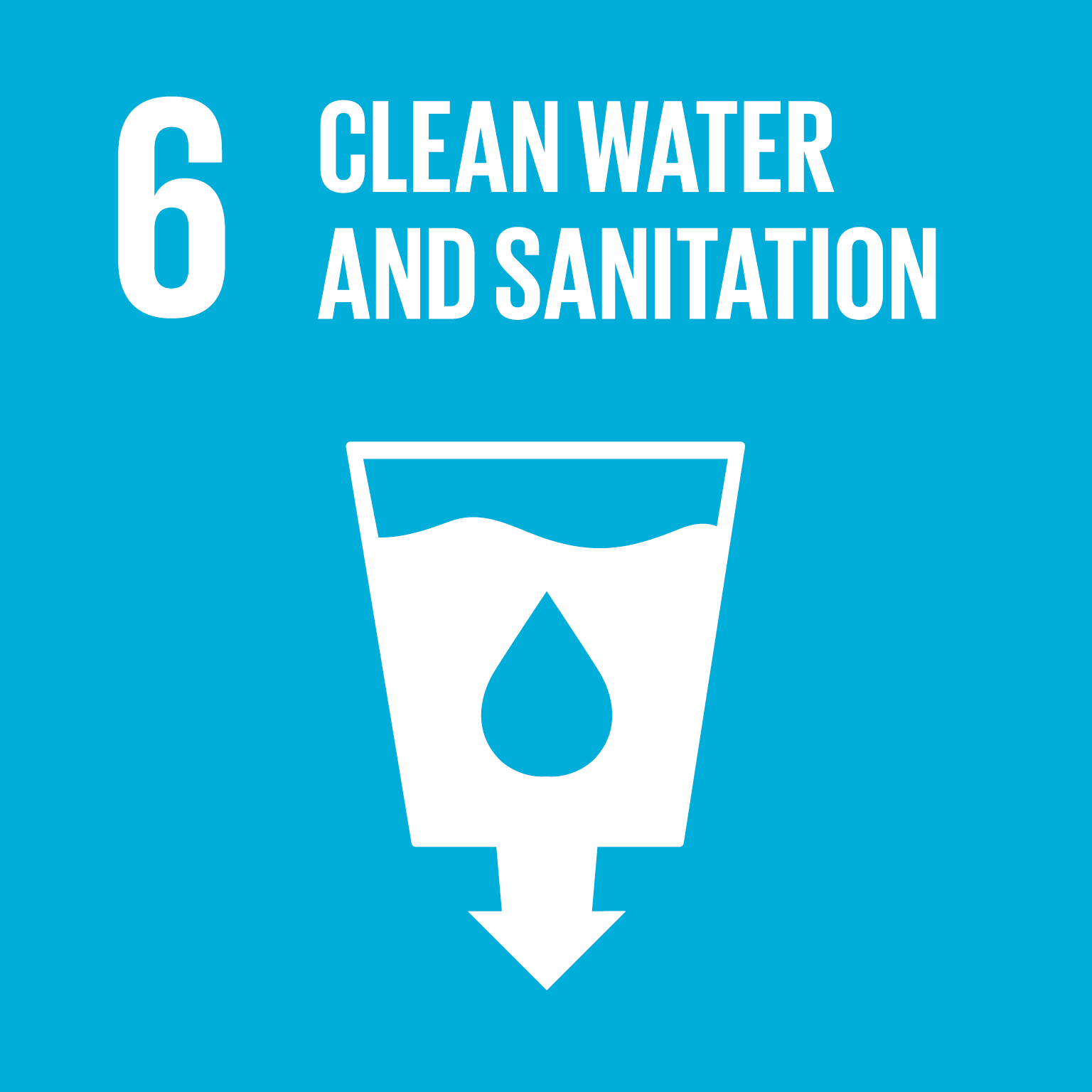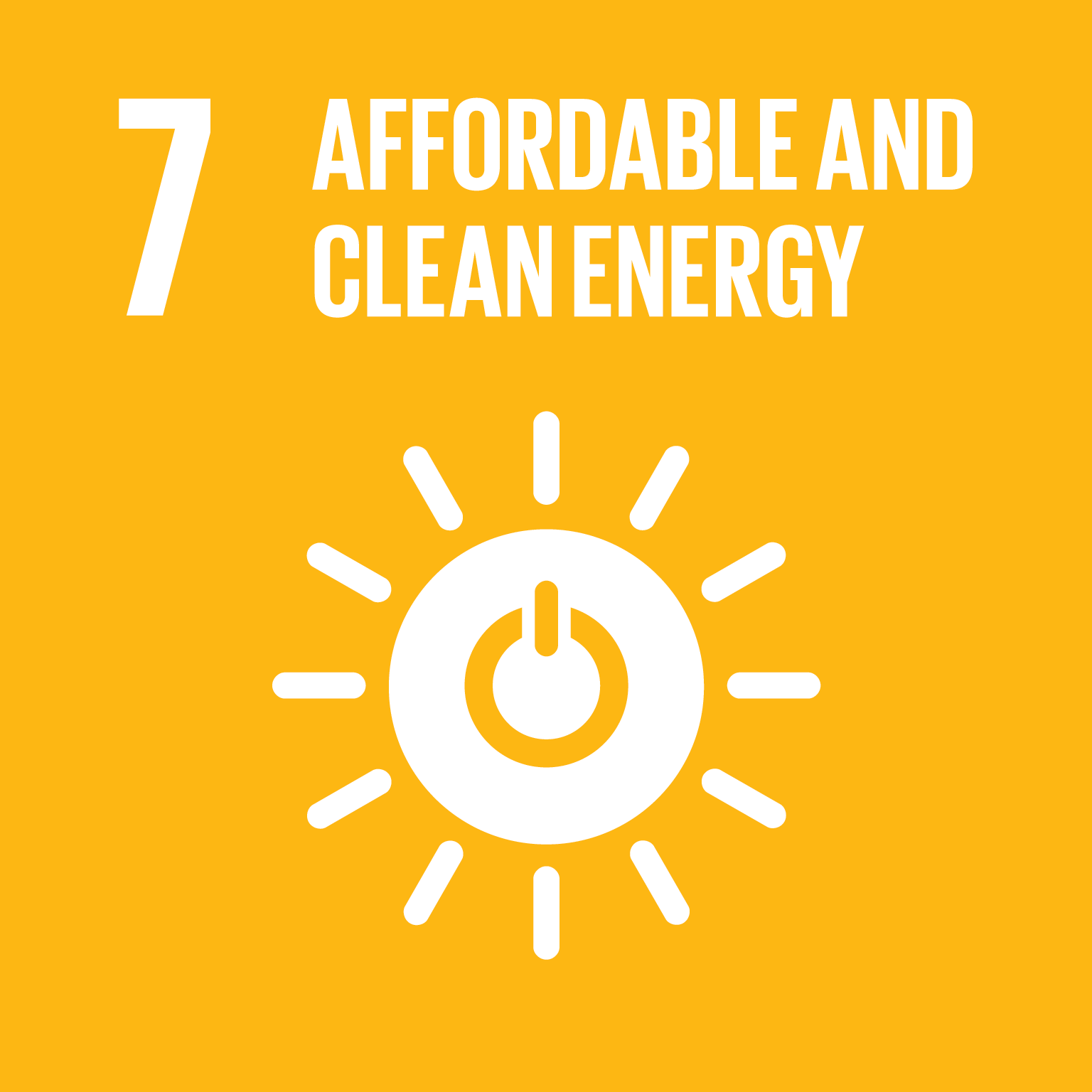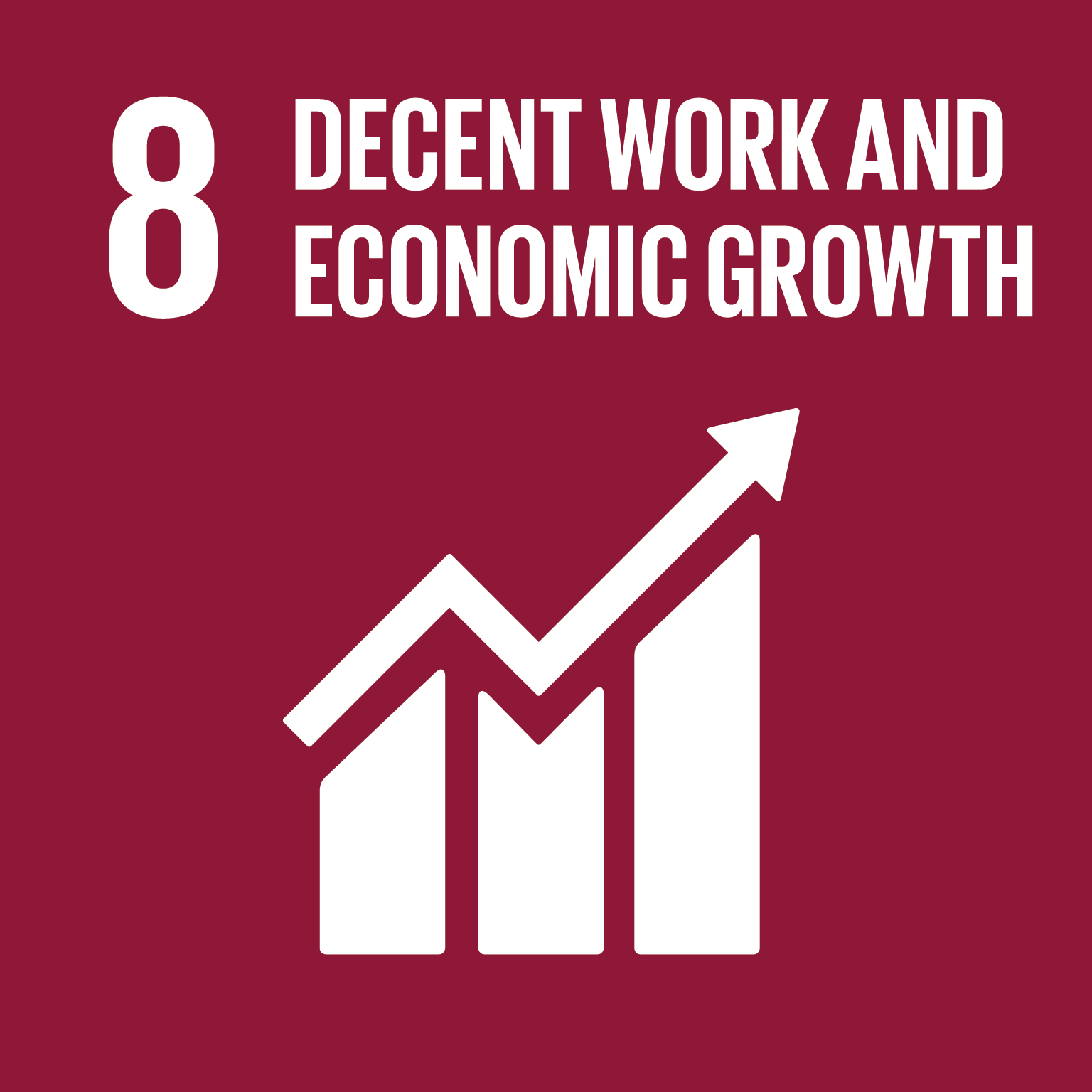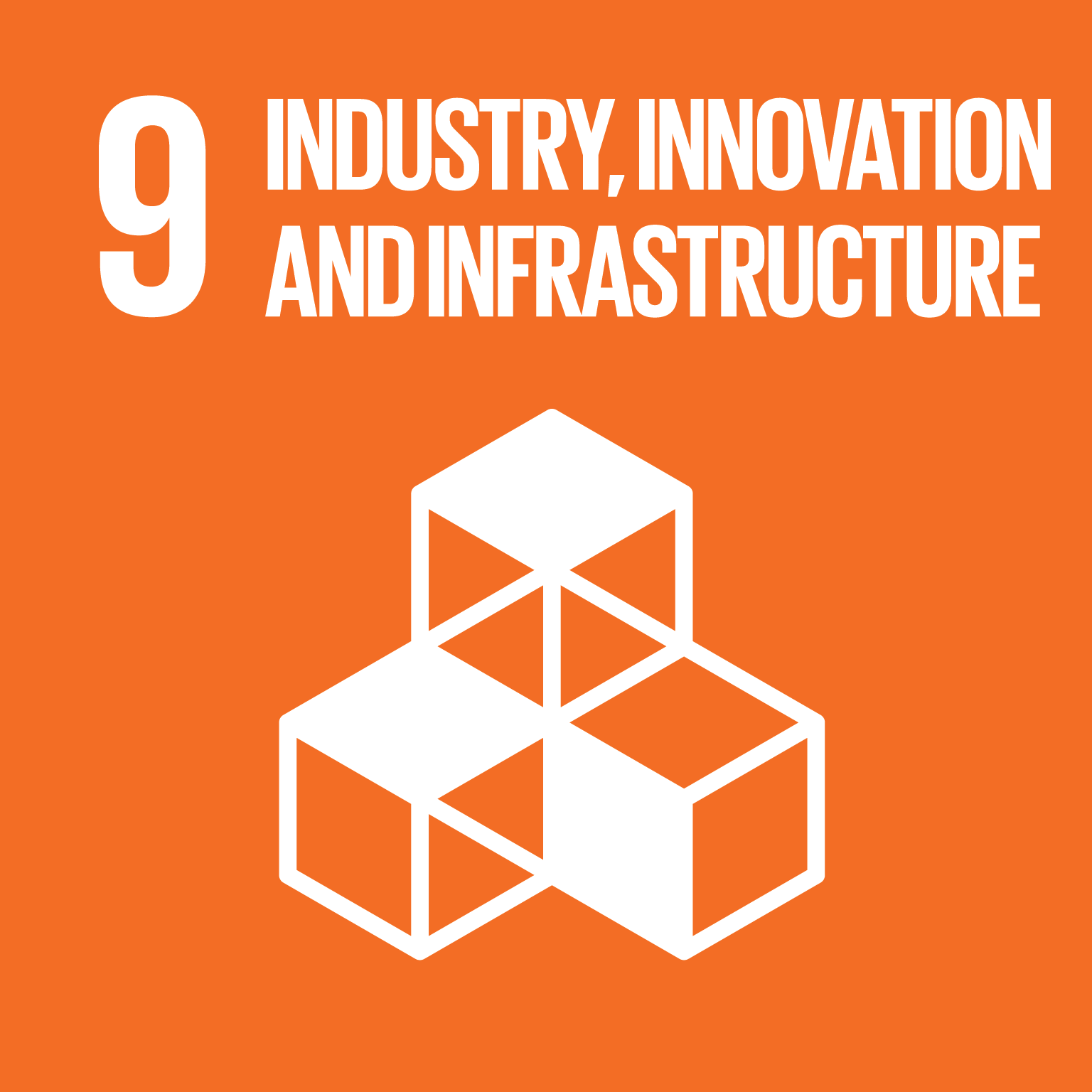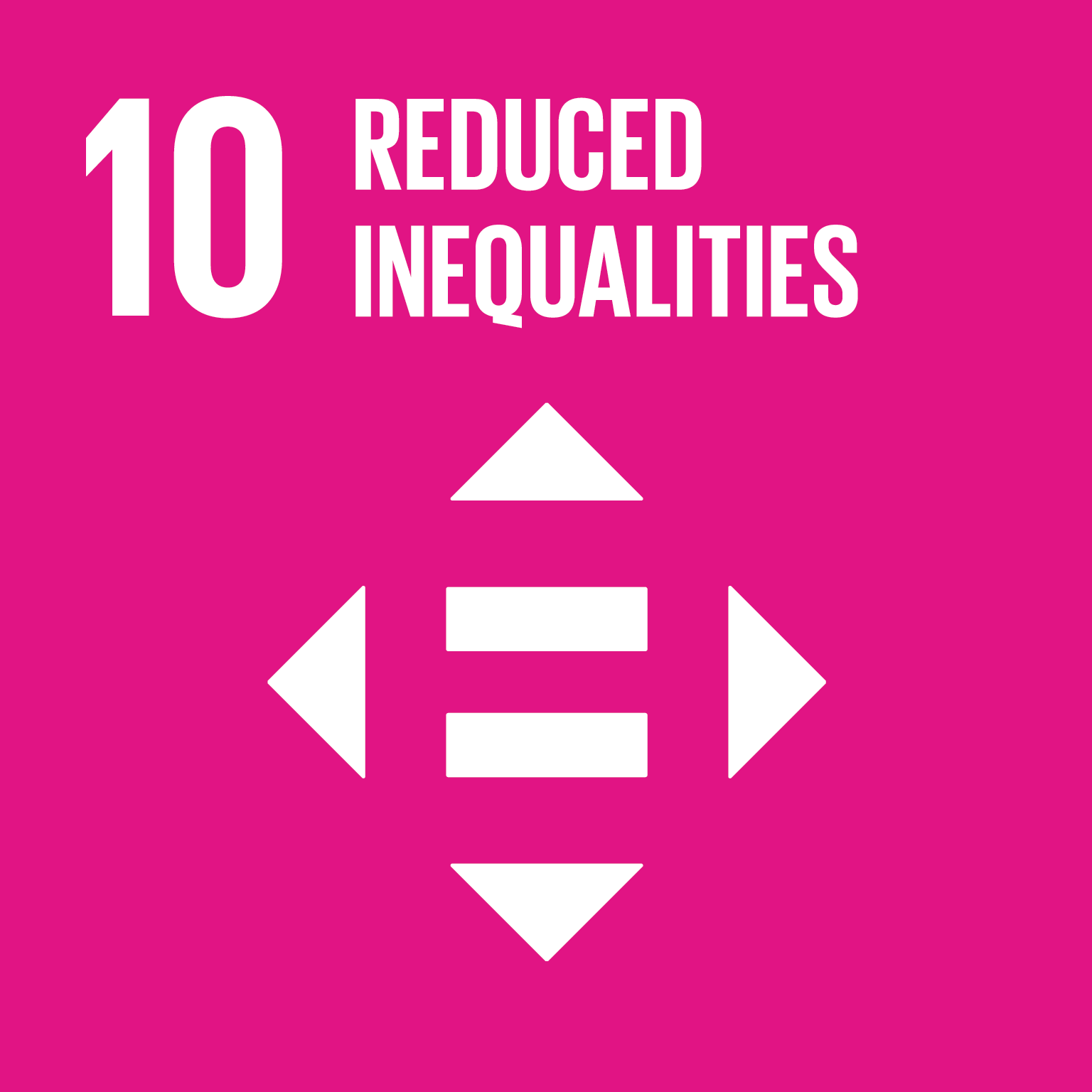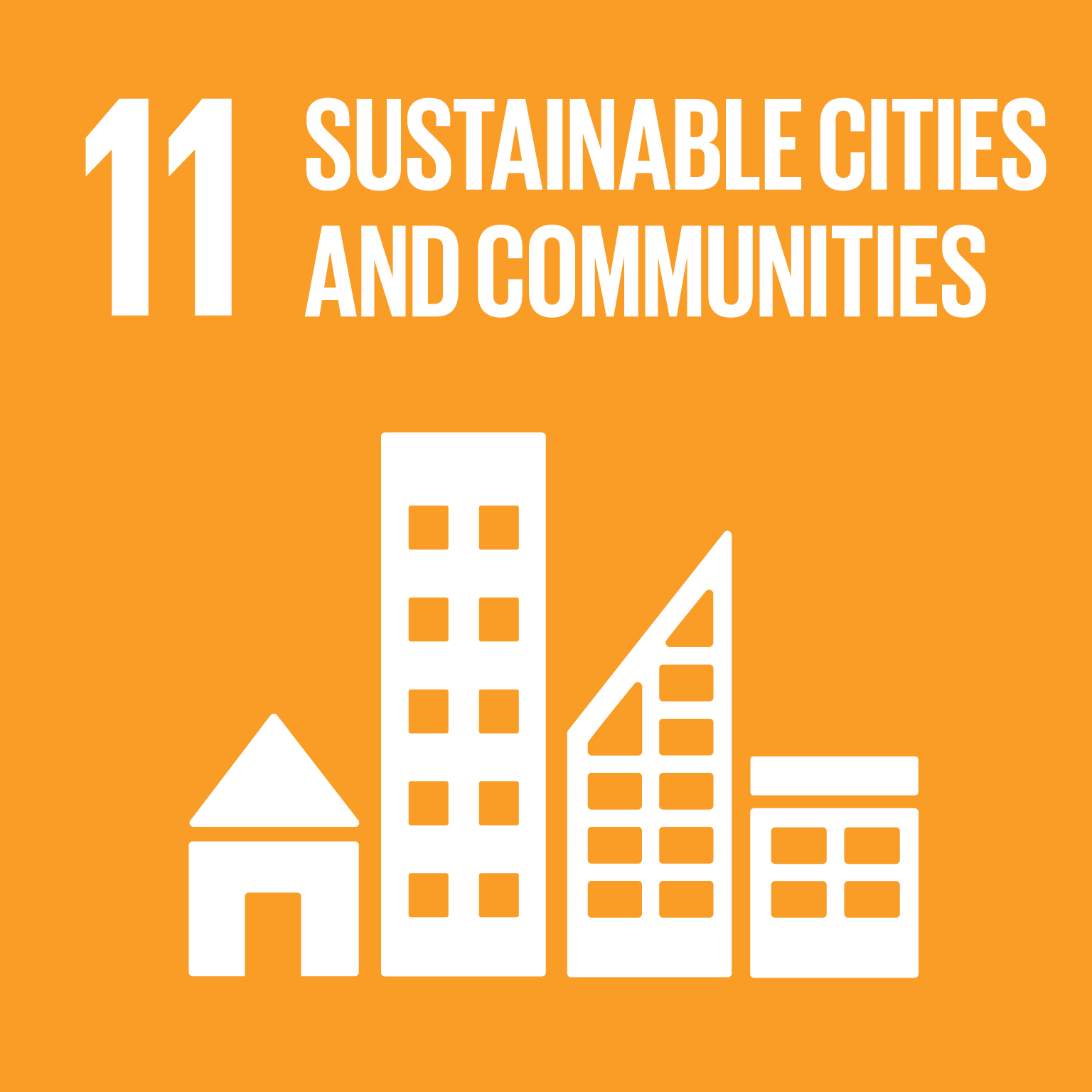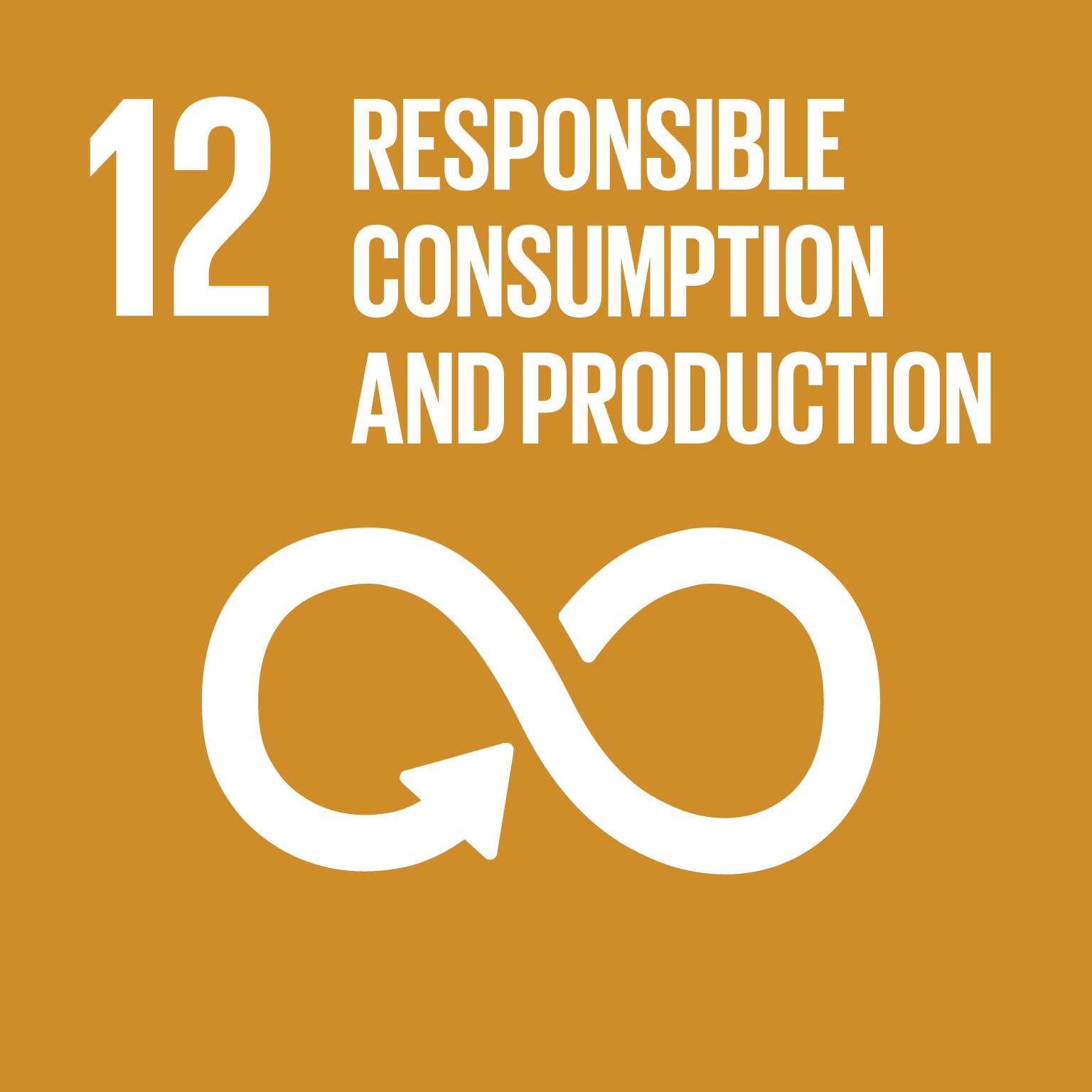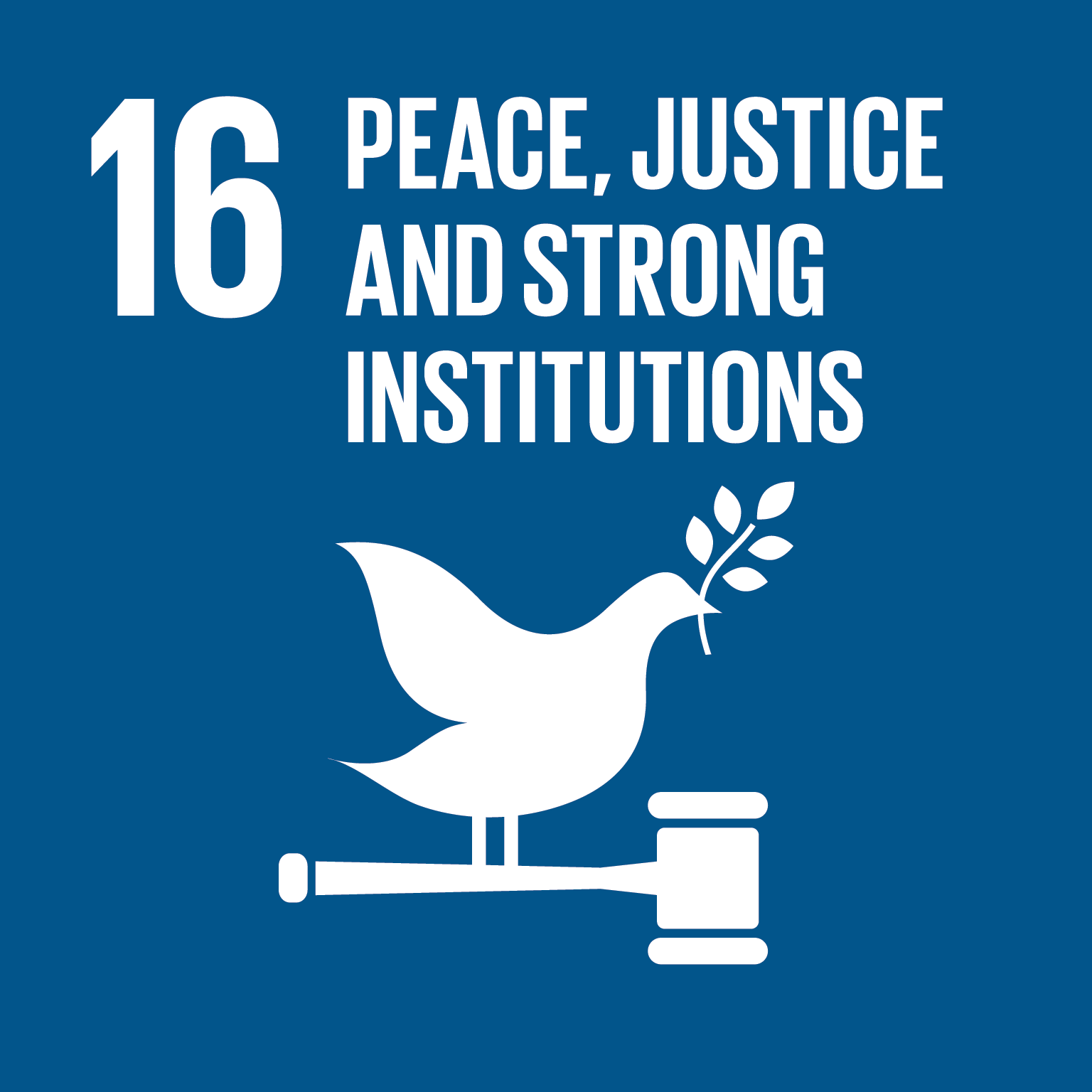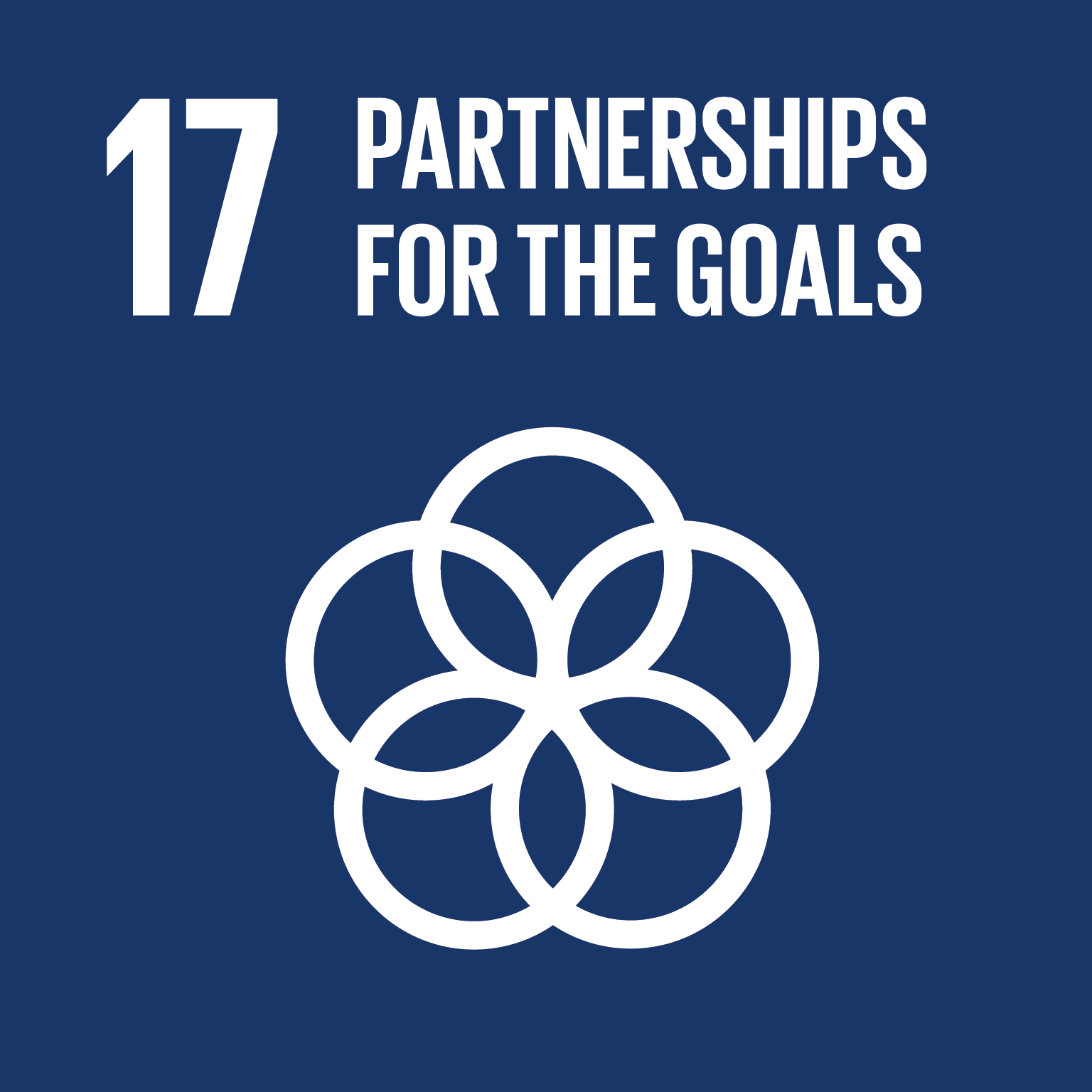Sustainable Development Goals - Overview
G17: Partnerships For The Goals
Strengthen the means of implementation and revitalize the Global Partnership for Sustainable Development
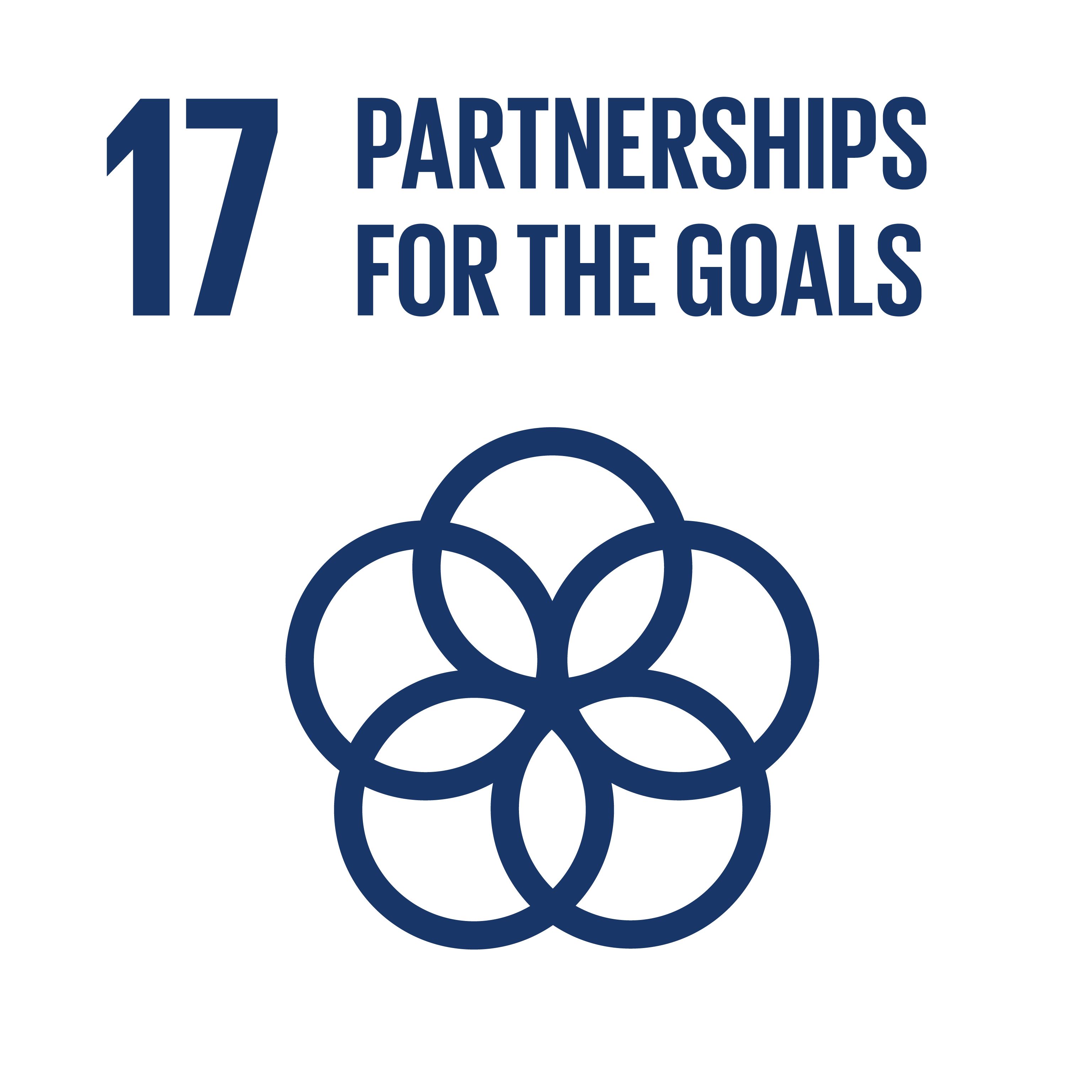
-
Target 17.1: Strengthen domestic resource mobilization, including through international support to developing countries, to improve domestic capacity for tax and other revenue collection International Cooperation
-
Indicator 17.1.1: Total government revenue as a proportion of GDP, by source Governmental
-
Indicator 17.1.2: Proportion of domestic budget funded by domestic taxes Economic Governmental
-
-
Target 17.2: Developed countries to implement fully their official development assistance commitments, including the commitment by many developed countries to achieve the target of 0.7 per cent of gross national income for official development assistance (ODA/GNI) to developing countries and 0.15 to 0.20 per cent of ODA/GNI to least developed countries; ODA providers are encouraged to consider setting a target to provide at least 0.20 per cent of ODA/GNI to least developed countries International Cooperation
-
Indicator 17.2.1: Net official development assistance, total and to least developed countries, as a proportion of the Organization for Economic Cooperation and Development (OECD) Development Assistance Committee donors’ gross national income (GNI) Economic
-
-
Target 17.3: Mobilize additional financial resources for developing countries from multiple sources Economic International Cooperation
-
Indicator 17.3.1: Foreign direct investments (FDI), official development assistance and South-South Cooperation as a proportion of total domestic budget Economic
-
Indicator 17.3.2: Volume of remittances (in United States dollars) as a proportion of total GDP Economic
-
-
Target 17.4: Assist developing countries in attaining long-term debt sustainability through coordinated policies aimed at fostering debt financing, debt relief and debt restructuring, as appropriate, and address the external debt of highly indebted poor countries to reduce debt distress Economic International Cooperation
-
Indicator 17.4.1: Debt service as a proportion of exports of goods and services Economic
-
-
Target 17.5: Adopt and implement investment promotion regimes for least developed countries Economic International Cooperation
-
Indicator 17.5.1: Number of countries that adopt and implement investment promotion regimes for least developed countries Economic
-
-
Target 17.6: Enhance North-South, South-South and triangular regional and international cooperation on and access to science, technology and innovation and enhance knowledge sharing on mutually agreed terms, including through improved coordination among existing mechanisms, in particular at the United Nations level, and through a global technology facilitation mechanism International Cooperation
-
Indicator 17.6.1: Number of science and/or technology cooperation agreements and programmes between countries, by type of cooperation Economic
-
Indicator 17.6.2: Fixed Internet broadband subscriptions per 100 inhabitants, by speed Economic
-
-
Target 17.7: Promote the development, transfer, dissemination and diffusion of environmentally sound technologies to developing countries on favourable terms, including on concessional and preferential terms, as mutually agreed International Cooperation
-
Indicator 17.7.1: Total amount of approved funding for developing countries to promote the development, transfer, dissemination and diffusion of environmentally sound technologies Economic Social
-
-
Target 17.8: Fully operationalize the technology bank and science, technology and innovation capacity-building mechanism for least developed countries by 2017 and enhance the use of enabling technology, in particular information and communications technology International Cooperation
-
Indicator 17.8.1: Proportion of individuals using the Internet Economic Environmental
-
-
Target 17.9: Enhance international support for implementing effective and targeted capacity-building in developing countries to support national plans to implement all the Sustainable Development Goals, including through North-South, South-South and triangular cooperation International Cooperation
-
Indicator 17.9.1: Dollar value of financial and technical assistance (including through North-South, South-South and triangular cooperation) committed to developing countries Economic
-
-
Target 17.10: Promote a universal, rules-based, open, non-discriminatory and equitable multilateral trading system under the World Trade Organization, including through the conclusion of negotiations under its Doha Development Agenda Economic International Cooperation
-
Indicator 17.10.1: Worldwide weighted tariff-average Economic
-
-
Target 17.11: Significantly increase the exports of developing countries, in particular with a view to doubling the least developed countries’ share of global exports by 2020 Economic International Cooperation
-
Indicator 17.11.1: Developing countries’ and least developed countries’ share of global exports Economic
-
-
Target 17.12: Realize timely implementation of duty-free and quota-free market access on a lasting basis for all least developed countries, consistent with World Trade Organization decisions, including by ensuring that preferential rules of origin applicable to imports from least developed countries are transparent and simple, and contribute to facilitating market access Economic International Cooperation
-
Indicator 17.12.1: Average tariffs faced by developing countries, least developed countries and small island developing States Economic
-
-
Target 17.13: Enhance global macroeconomic stability, including through policy coordination and policy coherence Economic International Cooperation
-
Indicator 17.13.1: Macroeconomic Dashboard Economic
-
-
Target 17.14: Enhance policy coherence for sustainable development Economic International Cooperation
-
Indicator 17.14.1: Number of countries with mechanisms in place to enhance policy coherence of sustainable development Governmental
-
-
Target 17.15: Respect each country’s policy space and leadership to establish and implement policies for poverty eradication and sustainable development Governmental International Cooperation
-
Indicator 17.15.1: Extent of use of country-owned results frameworks and planning tools by providers of development cooperation Governmental
-
-
Target 17.16: Enhance the Global Partnership for Sustainable Development, complemented by multi-stakeholder partnerships that mobilize and share knowledge, expertise, technology and financial resources, to support the achievement of the Sustainable Development Goals in all countries, in particular developing countries Economic International Cooperation
-
Indicator 17.16.1: Number of countries reporting progress in multi-stakeholder development effectiveness monitoring frameworks that support the achievement of the sustainable development goals Governmental
-
-
Target 17.17: Encourage and promote effective public, public-private and civil society partnerships, building on the experience and resourcing strategies of partnerships Economic International Cooperation
-
Indicator 17.17.1: Amount of United States dollars committed to public-private and civil society partnerships Economic
-
-
Target 17.18: By 2020, enhance capacity-building support to developing countries, including for least developed countries and small island developing States, to increase significantly the availability of high-quality, timely and reliable data disaggregated by income, gender, age, race, ethnicity, migratory status, disability, geographic location and other characteristics relevant in national contexts International Cooperation
-
Indicator 17.18.1: Proportion of sustainable development indicators produced at the national level with full disaggregation when relevant to the target, in accordance with the Fundamental Principles of Official Statistics Governmental
-
Indicator 17.18.2: Number of countries that have national statistical legislation that complies with the Fundamental Principles of Official Statistics Governmental
-
Indicator 17.18.3: Number of countries with a national statistical plan that is fully funded and under implementation, by source of funding Governmental
-
-
Target 17.19: By 2030, build on existing initiatives to develop measurements of progress on sustainable development that complement gross domestic product, and support statistical capacity-building in developing countries International Cooperation
-
Indicator 17.19.1: Dollar value of all resources made available to strengthen statistical capacity in developing countries Governmental
-
Indicator 17.19.2: Proportion of countries that (a) have conducted at least one population and housing census in the last 10 years; and (b) have achieved 100 per cent birth registration and 80 per cent death registration Governmental
-
Goals
-
Goal 1.2: Increase Economic Resilience.
Strong Aspiration 1. Moonshot 1: Ev -
Goal 7.1: Strengthen Africa's position and competitiveness in global affairs.
Strong Aspiration 7. Moonshot 7: Af -
Goal 7.2: Enhance Africa's capacity for financing her development.
Strong Aspiration 7. Moonshot 7: Af
Targets
-
Target 1.1.2: Diversification of intra-African exports improved with a reduction in dependence on commodity exports as a share of total exports.
Strong -
Target 1.3.3: Tax-to-GDP ratio increased by 30% and Illicit Financial Flows (IFF) are reduced to at most 1% of GDP annually.
Strong -
Target 6.1.9: Africa contributes at least 10% to the global scientific research output; at least 50% of the research output translates into innovation and production.
Weak -
Target 6.1.10: African Space Economy is doubled.
Weak -
Target 7.1.1: Member States’ engagements on global issues are based on Africa’s common position.
Strong Weak -
Target 7.1.5: Fully functional African Global Partnership Platform.
Strong -
Target 7.2.3: Tax-to-GDP ratio is increased by 30%.
Weak
Indicators
-
Indicator 92: Debt service as a proportion of GDP.
Strong -
Indicator 13: Share of intra-Africa trade to total African trade.
Strong -
Indicator 84: Proportion multilateral engagements and collaboration aligned to the STYIP.
Strong Weak -
Indicator 90: Share of internal Revenue to GDP.
Strong
Goals
-
Goal 1: Investing in people in least developed countries: eradicating poverty and building capacity to leave no one behind.
Weak Universal soci Achieving univ Achieving gend Population and Investing in y Water, sanitat Urbanization a Migration and Good and effec Building and s -
Goal 2: Leveraging the power of science, technology, and innovation to fight against multidimensional vulnerabilities and to achieve the Sustainable Development Goals.
Weak Access to mode Science, techn Promoting priv -
Goal 3: Supporting structural transformation as a driver of prosperity.
Weak Productive cap Infrastructure Connecting lea Support for pr -
Goal 4: Enhancing international trade of least developed countries and regional integration.
Weak Duty-free and Preferential r Least develope Technical assi Trade-Related Agriculture an World Trade Or E-commerce Special and di Regional integ -
Goal 5: Addressing climate change, environmental degradation, recovery from the COVID-19 pandemic and building resilience against future shocks for risk-informed sustainable development.
Weak Building susta Climate adapta Access to fina -
Goal 6: Mobilizing international solidarity, reinvigorated global partnerships and innovative tools and instruments: a march towards sustainable graduation.
Strong Support for do International Foreign direct Debt sustainab Remittances Extension of i Availability a Implementation
Targets
-
Target 2.01.03: Promote the transfer of technology on mutually agreed terms, including digital and environmentally sound technologies, to least developed countries..
Strong Weak -
Target 2.01.04: Promote the development of effective, balanced, inclusive and enabling ecosystems for innovation and creativity in least developed countries..
Strong -
Target 4.01.01: Facilitate market access for products of least developed countries, including by developing simple and transparent rules of origin applicable to imports from least developed countries, in accordance with the guidelines adopted by WTO members at the Ministerial Conference held in Bali in 2013..
Strong -
Target 4.01.02: Significantly increase the exports of least developed countries, in particular with a view to doubling their share of global exports by 2031..
Strong -
Target 4.07.01: Fully implement the Agreement on Trade Facilitation and provide assistance in and support for capacity-building of least developed countries in this regard, in accordance with development cooperation effectiveness principles..
Strong Weak -
Target 6.01.01: Increase tax revenue as a proportion of GDP to at least 15 per cent in all least developed countries to enable them to become self-sustainable..
Strong -
Target 6.01.02: Enhance international cooperation for the recovery of stolen assets and their return to their countries of origin, in accordance with the United Nations Convention against Corruption..
Weak -
Target 6.01.03: Enhance intergovernmental coordination to prevent illicit financial flows..
Strong -
Target 6.02.01: Ensure the fulfilment of respective ODA commitments to least developed countries..
Strong -
Target 6.03.01: Adopt and implement investment promotion regimes for the least developed countries..
Strong -
Target 6.04.01: Address the debt distress of least developed countries by 2025 and provide coordinated and appropriate debt solutions in a timely manner..
Strong -
Target 6.06.01: Enable 15 additional least developed countries to meet the criteria for graduation by 2031..
Strong -
Target 6.06.02: Improve the scope, where necessary, and use of smooth transition measures and incentives for all graduating least developed countries..
Strong -
Target 6.06.03: Provide specific support measures to recently graduated countries for making graduation sustainable and irreversible..
Strong -
Target 6.07.01: Significantly increase the availability of high-quality, timely, reliable and disaggregated data..
Strong Weak
Indicators
-
Indicator 1.03.07.01: Proportion of individuals using the Internet.
Strong -
Indicator 1.04.03.01: Proportion of children under 5 years of age whose births have been registered with a civil authority, by age.
Weak -
Indicator 2.01.03.01: Total amount of funding for developing and developed countries to promote the development, transfer, dissemination and diffusion of environmentally sound technologies.
Strong -
Indicator 2.02.03.01: Fixed broadband subscriptions per 100 inhabitants, by speed.
Strong -
Indicator 2.03.03.02: Additional financial resources mobilized for developing countries from multiple sources.
Strong -
Indicator 4.01.01.01: Weighted average tariffs faced by developing countries, least developed countries and small island developing States.
Strong Strong -
Indicator 4.01.02.01: Least developed countries’ share of global exports.
Strong -
Indicator 4.07.01.01: Proportion of tariff lines applied to imports from least developed countries and developing countries with zero-tariff.
Strong -
Indicator 4.07.01.02: Net official development assistance, total and to least developed countries, as a proportion of the Organization for Economic Cooperation and Development (OECD) Development Assistance Committee donors’ gross national income (GNI).
Strong Strong -
Indicator 6.01.01.01: Total government revenue as a proportion of GDP, by source.
Strong -
Indicator 6.03.01.01: Number of countries that adopt and implement investment promotion regimes for developing countries, including the least developed countries.
Strong -
Indicator 6.04.01.01: Debt service as a proportion of exports of goods, services and primary income.
Strong -
Indicator 6.07.01.01: Statistical capacity indicators.
Strong -
Indicator 6.07.01.02: Number of countries that have national statistical legislation that complies with the Fundamental Principles of Official Statistics.
Strong Weak -
Indicator 6.07.01.03: Number of countries with a national statistical plan that is fully funded and under implementation, by source of funding.
Strong
Goals
-
Goal 1: Structural transformation and science, technology and innovation.
Strong -
Goal 2: Trade, trade facilitation and regional integration.
Strong -
Goal 3: Transit, transport and connectivity.
Strong -
Goal 4: Enhancing adaptive capacity, strengthening resilience and reducing vulnerability to climate change and disasters.
Strong -
Goal 5: Means of implementation.
Strong
Targets
-
Target 1.02.05: Expand support for policy formulation and international tax cooperation in landlocked developing countries..
Strong -
Target 1.03.02: Promote the development of effective, balanced, open, inclusive and enabling ecosystems for research, innovation and creativity..
Strong -
Target 1.03.03: Establish regional digital platforms for peer-to-peer level learning, trainings and capacity-building..
Strong -
Target 1.03.04: Support landlocked developing countries in accessing technologies and in conducting technology needs assessments, including using existing science, technology and innovation mechanisms and facilities..
Strong -
Target 2.01.01: Support landlocked developing countries to significantly increase participation in world trade with a view to at least doubling their global merchandise exports by 2034..
Strong -
Target 2.01.02: Support landlocked developing countries to substantially diversify trade by increasing the value added and manufactured component of their exports and expanding their exports of services and e-commerce..
Strong -
Target 2.01.03: Support landlocked developing countries to substantially increase exports of services with a view to at least doubling their exports of trade in services by 2034..
Strong -
Target 2.01.04: Address non‑tariff measures and reduce or eliminate arbitrary or unjustified non‑tariff barriers, that is, those that are not in conformity with the rules of the World Trade Organization..
Strong -
Target 2.01.05: Be transparent in taking sanitary and phytosanitary measures on goods in transit in accordance with World Trade Organization rules..
Strong -
Target 2.01.06: Offer appropriate technical assistance and capacity-building to landlocked developing countries to complete the process of their accession to the World Trade Organization, fulfil their commitments and integrate into the multilateral trading system..
Strong -
Target 2.01.07: Take note of landlocked developing countries’ ambition to establish a work programme under the World Trade Organization..
Strong -
Target 2.02.04: Promote acceleration of full and effective implementation of the World Trade Organization Agreement on Trade Facilitation in all landlocked developing countries and transit countries..
Strong -
Target 2.02.05: Support landlocked and transit developing countries in the area of trade facilitation, in accordance with the Agreement on Trade Facilitation..
Strong -
Target 2.02.06: Substantially increase the implementation rate of the measures under the United Nations Global Survey on Digital and Sustainable Trade Facilitation..
Strong -
Target 2.03.01: Increase regional and subregional trade with a view to seizing regional integration as a tool for addressing the challenges of being landlocked and unlocking trade potentials of landlocked developing countries..
Weak -
Target 2.03.02: Substantially increase the share of landlocked developing countries in intraregional trade..
Weak -
Target 4.03.02: Scale up capacity-building and technology transfer to landlocked developing countries to address climate change..
Strong -
Target 5.01.01: Progressively increase tax revenue as a proportion of gross domestic product in all landlocked developing countries as appropriate..
Strong -
Target 5.01.02: Enhance international cooperation for the recovery of stolen assets and their return to their countries of origin, in accordance with the United Nations Convention against Corruption and other applicable instruments..
Strong -
Target 5.01.03: Enhance intergovernmental coordination to prevent and combat illicit financial flows..
Strong -
Target 5.02.01: Substantially increase the volume of development finance in support of landlocked developing countries through traditional and innovative sources of finance..
Strong -
Target 5.02.02: Enhance the capacity of landlocked developing countries to develop bankable projects and secure financing to effectively address their needs and challenges in a manner that has the greatest social, economic and environmental benefits..
Weak -
Target 5.03.01: Substantially increase foreign direct investment flows to the landlocked developing countries..
Strong Strong -
Target 5.03.02: Mobilize all existing investment promotion platforms to support the attraction of investments to landlocked developing countries, including through peer learning and capacity-building among investment promotion agencies, investment policy reviews, and engagement with Tax Inspectors without Borders to ensure fair and transparent revenue collection..
Strong Strong -
Target 5.05.01: Address the debt problems of landlocked developing countries that are in debt distress or in high risk of it and keep the external debt of all landlocked developing countries within a sustainable level..
Strong
Indicators
- No alignments!

